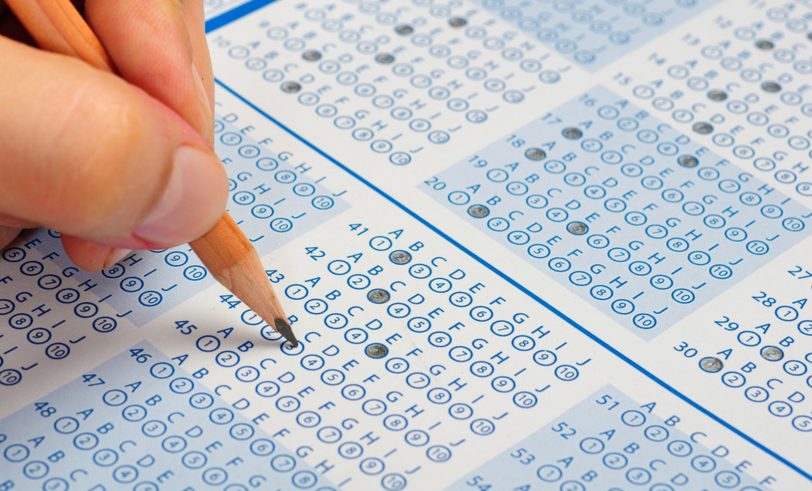20 Missouri Districts Seek Exemption from the Missouri Assessment Program (Part 2)

Twenty districts in Missouri are seeking a federal waiver in order to be exempt from the Missouri Assessment Program (MAP). In partnership with the Department of Elementary and Secondary Education (DESE) and the Success-Ready Student Network (SRSN), these districts are participating in the SRSN Demonstration Project to implement a new type of standardized test and “seek to create a reimagined assessment and accreditation system.” I’ve discussed the details of the new standardized testing and my opinion on seeking a federal waiver in a previous post. In this post, I will dive deeper into some of the underlying issues.
There are legitimate issues with using the MAP to evaluate individual student performance. The current test delivers lagged results—students take the test in the spring, but schools do not get the results until the fall. Additionally, the MAP does not shed enough light on what particular concepts a student is struggling with. My colleague, James Shuls, previously wrote about this and provided an image of a sample test result. As one can see, there is not a lot of specific information for educators to work with to target learning weaknesses in different students.
One of the goals of the new standardized test is to better inform educators on what topics students are struggling with. But what is the point of quizzes, homework, tests, presentations, essays, and in-class discussions? Are our districts not paying adequate attention to their students as they progress through their classes? Having a continuous testing structure throughout the year could be a useful tool, but a district’s understanding of its student body should not be contingent on it.
A standardized test should be built to compare your school district to others around the state to ensure your teachers are actually teaching the material and not handing out free A’s. If students flunk an algebra section of a standardized test even when a vast majority of them receive high marks in the classroom, it would raise questions about the rigor of the course. Standardized tests can also be useful for comparing teaching strategies. If a similar district nearby receives high scores on its algebra standardized test, struggling districts can mimic its practices.
Unfortunately, DESE has made it harder to compare and contrast district achievement over time with repeated changes to our standardized tests and accountability system.
It is also fair to wonder about the timing here. As mentioned before, one of the goals of the project is to create a reimagined assessment and accreditation system. The first results from the new Missouri School Improvement Program 6 (MSIP 6) were released a few months ago—and they were not pretty. Do officials believe the system they designed is so bad that they want to change it as soon as possible? Or are they concerned that far too many districts were provisionally accredited?
The biggest takeaway from this story is how many problems there are in education policy in Missouri. The status quo needs to be changed in numerous ways. It remains to be seen if these 20 districts will find success with this trial program (I hope they do), but the problems in our state go much deeper than deciding which standardized test to use.


